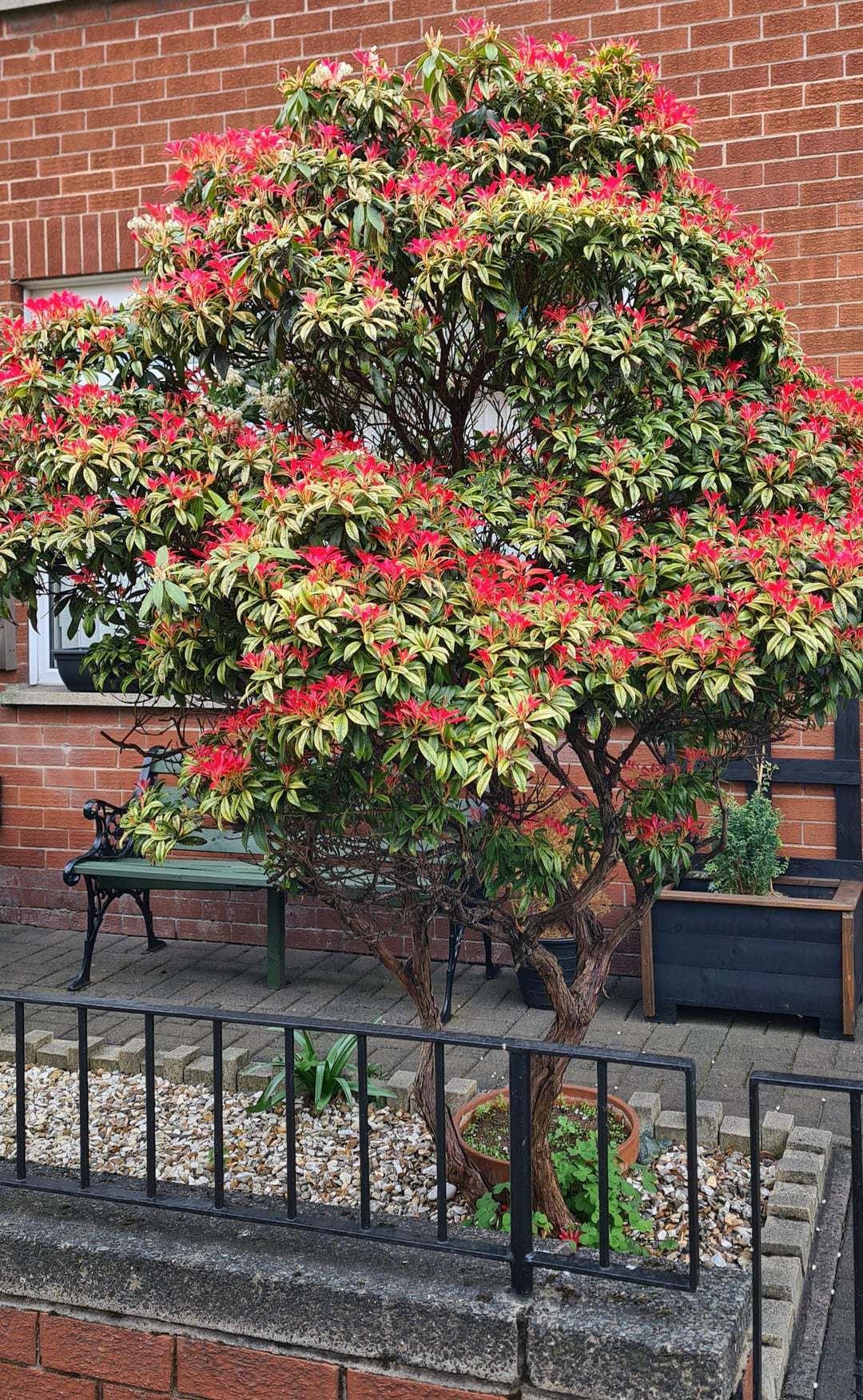1/1
the timeless charm of pieris japonica in our changing gardens
Every spring, when I see the soft pink buds of Pieris japonica ‘Valley Rose’ opening in my yard, I’m swept back to my grandmother’s garden in New England. She always said these shrubs were a sign that winter was truly over. Back then, we didn’t worry about droughts or unpredictable frosts the way we do now. Today, I find myself debating with my daughter about whether these traditional evergreens still belong in our modern, water-conscious landscapes. Older folks in our community remember when Pieris japonica was a staple in every shady corner, admired for its resilience and delicate beauty. But now, younger gardeners question if it’s right to keep planting them, since they can struggle in our hotter, drier summers and sometimes clash with native plant initiatives. Some neighbors argue that sticking to classic plants like this keeps our neighborhoods looking familiar and comforting, while others push for more sustainable, local choices—even if it means saying goodbye to the plants we grew up with. Last year, a late frost damaged half my ‘Valley Rose’ blooms, and I felt a pang of loss—not just for the flowers, but for the traditions they represent. Yet, there’s a stubborn joy in coaxing these shrubs through another season, sharing cuttings with friends, and swapping stories about what’s survived and what hasn’t. Maybe that’s the real heart of gardening here: balancing memory and change, beauty and responsibility, one season at a time. #gardeningmemories #generationscollide #nativevsclassic #Gardening
2025-05-23
write a comment...
